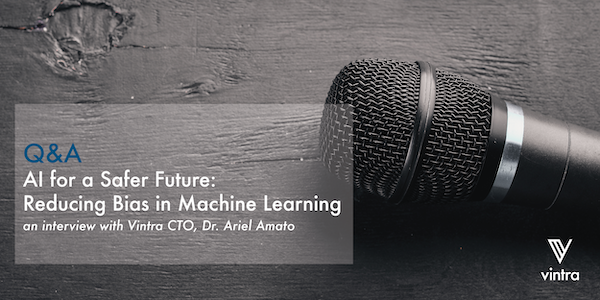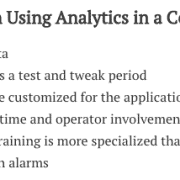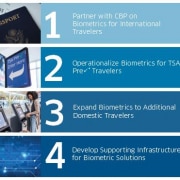AI for a Safer Future: Reducing Bias in Machine Learning

Read the Q&A to learn more about how AI can and is being used to help create safer communities, work spaces, and places of education.
Dr. Ariel Amato, Chief Technology Officer at Vintra who has a PhD in Computer Vision & Artificial Intelligence, is leading Vintra’s mission to deliver AI-powered video analytics that transform any pre-recorded or live video into actionable, trusted and tailored intelligence.
Dr. Amato has a unique perspective and familiarity with computer vision graphics, video analytics, and data. As a well-respected thought leader in computer vision, he is well positioned to address the many concerns in AI.
Read the Q&A here: https://vintra.io/qa










Leave a Reply
Want to join the discussion?Feel free to contribute!